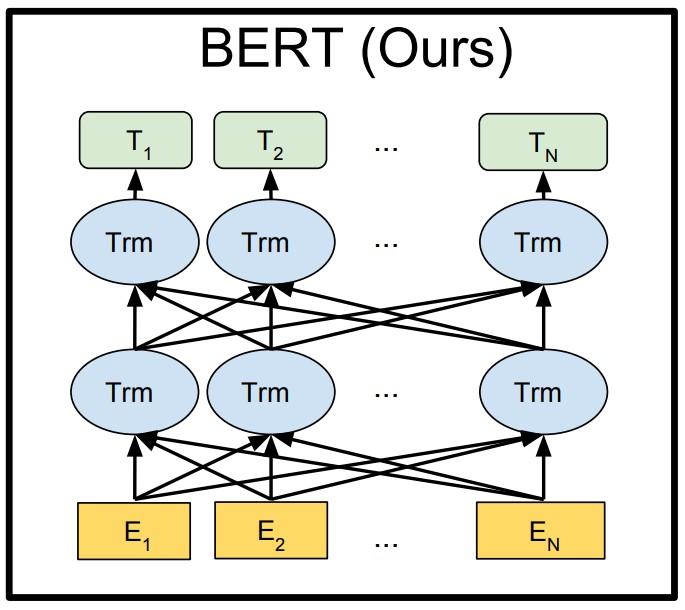Understanding PET Scan Brain: A Comprehensive Guide to Brain Imaging Techniques
Guide or Summary:Understanding PET Scan Brain: A Comprehensive Guide to Brain Imaging TechniquesUnderstanding PET Scan Brain: A Comprehensive Guide to Brain……
Guide or Summary:
Understanding PET Scan Brain: A Comprehensive Guide to Brain Imaging Techniques
#### Description:
In the realm of medical imaging, few tools are as pivotal as the PET scan brain technology. Positron Emission Tomography (PET) scans are integral to understanding the complexities of brain activity and diagnosing various neurological disorders. This comprehensive guide aims to shed light on how PET scans work, their significance in medical diagnostics, and what patients can expect during the procedure.

PET scans utilize a unique approach to visualize brain function. Unlike traditional imaging methods such as X-rays or CT scans that provide structural images, PET scans focus on metabolic processes within the brain. This is achieved by injecting a small amount of radioactive material, known as a radiotracer, into the bloodstream. As the radiotracer accumulates in areas of high metabolic activity, it emits positrons that are detected by the PET scanner, creating detailed images of brain activity.
One of the most significant advantages of PET scan brain technology is its ability to detect abnormalities at a cellular level. This capability is particularly crucial in the early diagnosis of conditions such as Alzheimer’s disease, Parkinson’s disease, and various types of brain tumors. For instance, in Alzheimer’s patients, PET scans can reveal the presence of amyloid plaques and tau tangles, which are indicative of the disease, even before significant cognitive decline occurs. Early detection through PET scans can lead to timely interventions and better management of these conditions.
Moreover, PET scans are not only valuable for diagnosis but also for treatment planning and monitoring. In oncology, for example, PET scans help determine the stage of cancer by showing how far the disease has spread. They are also used to assess the effectiveness of treatment by comparing pre-treatment and post-treatment images. This dynamic capability makes PET scans an essential component of personalized medicine, allowing healthcare providers to tailor treatments based on individual patient needs.

The procedure for undergoing a PET scan brain is relatively straightforward and non-invasive. Patients are usually advised to refrain from eating for a few hours before the scan to ensure accurate results. Once at the imaging facility, a healthcare professional will administer the radiotracer, typically through an intravenous (IV) line. After a waiting period of about 30 to 60 minutes to allow the tracer to circulate, patients will lie down on a table that slides into the PET scanner. The scanning process itself usually takes about 30 to 45 minutes, during which patients must remain still to obtain clear images.
While PET scans are generally safe, there are some considerations to keep in mind. The exposure to radiation from the radiotracer is minimal and comparable to that of a CT scan. However, pregnant or breastfeeding women should discuss the risks and benefits with their healthcare provider before undergoing the procedure. Additionally, patients with certain medical conditions or allergies should inform their doctor prior to the scan to ensure their safety.
In conclusion, the PET scan brain technology represents a significant advancement in the field of medical imaging. Its ability to provide insights into brain function and metabolism makes it an invaluable tool for diagnosing and managing neurological disorders. As research continues to evolve, the applications of PET scans are likely to expand, offering even greater potential for early detection and improved patient outcomes. Whether you are a patient preparing for a PET scan or a healthcare professional seeking to understand its implications, this guide serves as a vital resource for navigating the complexities of brain imaging.
